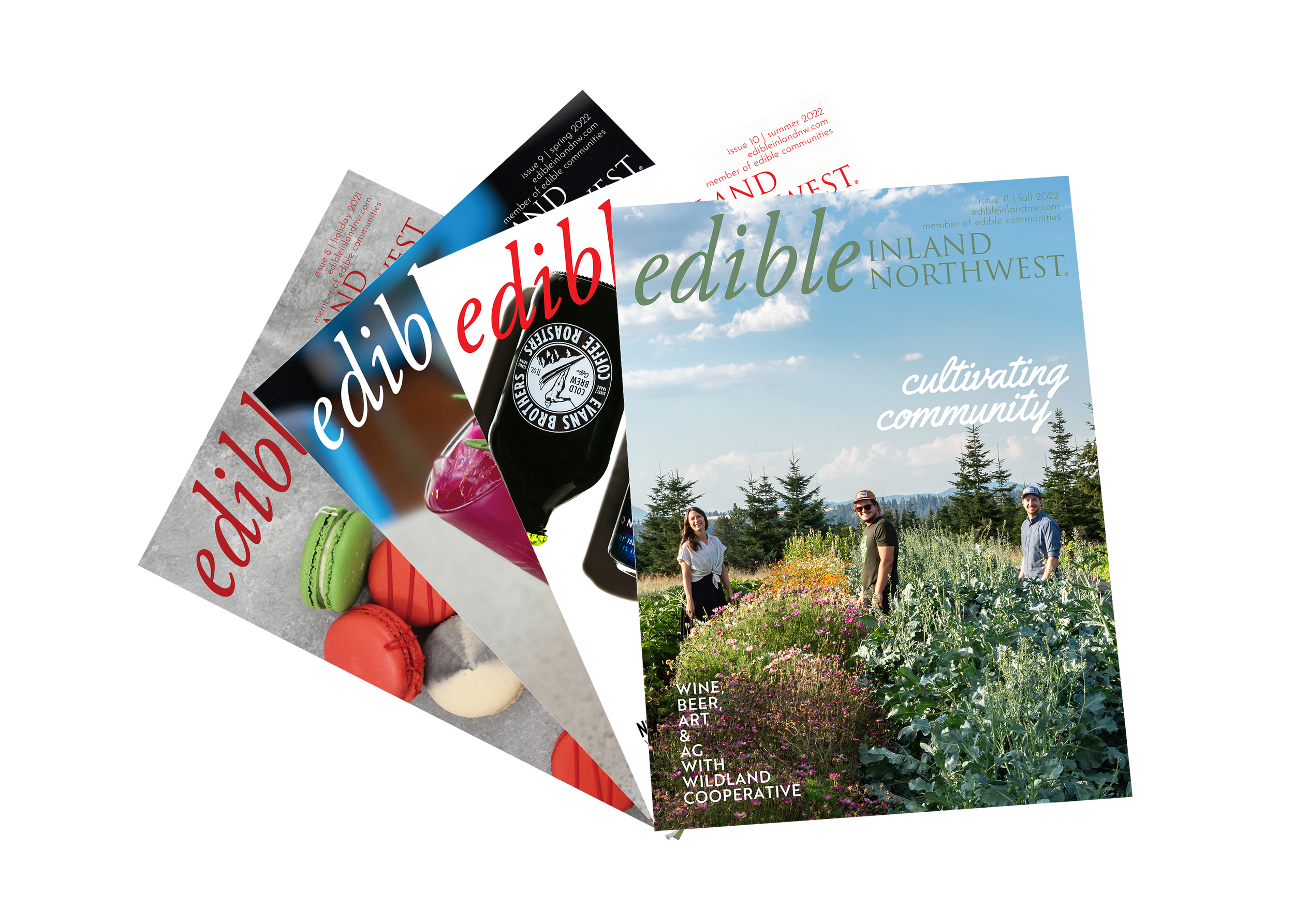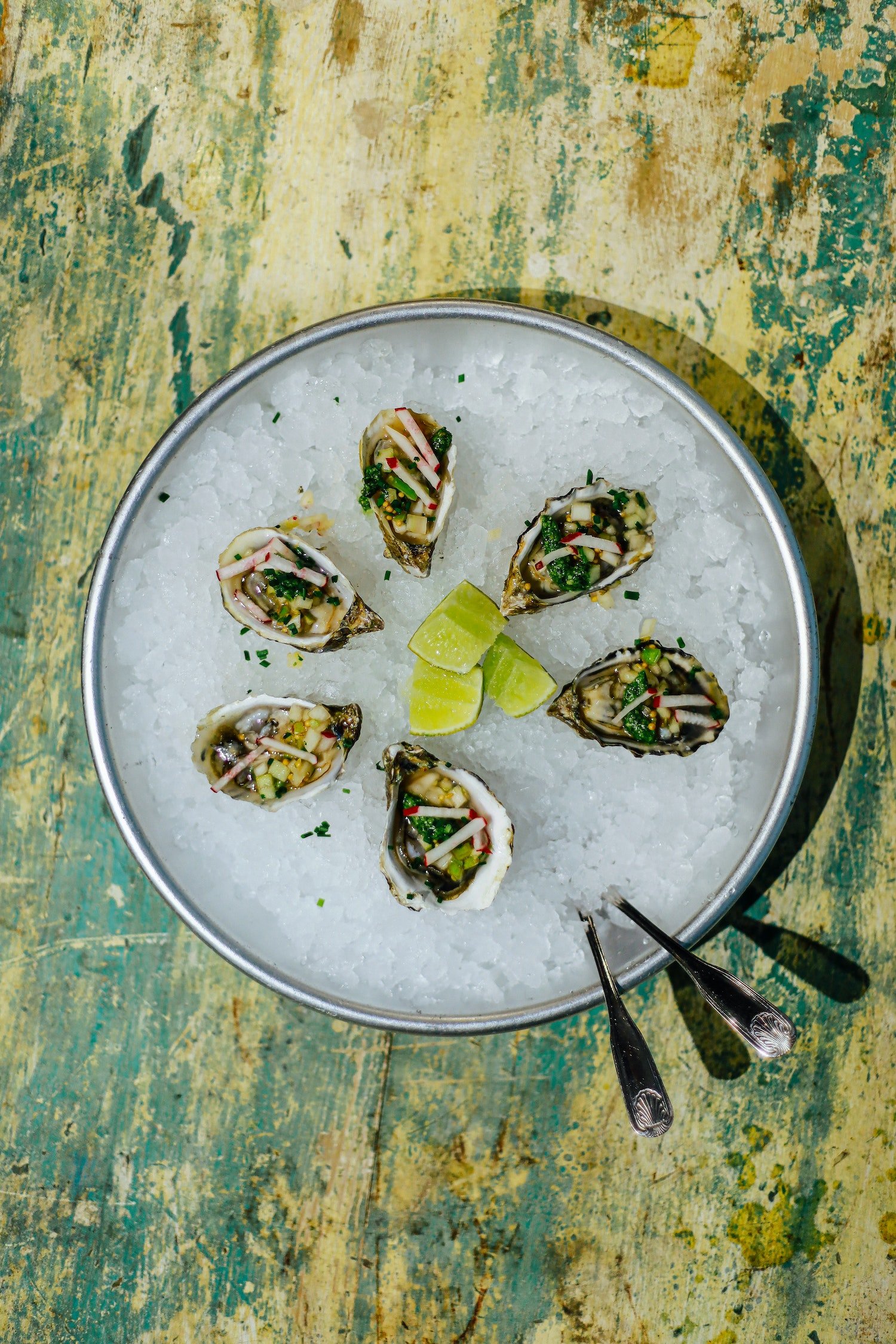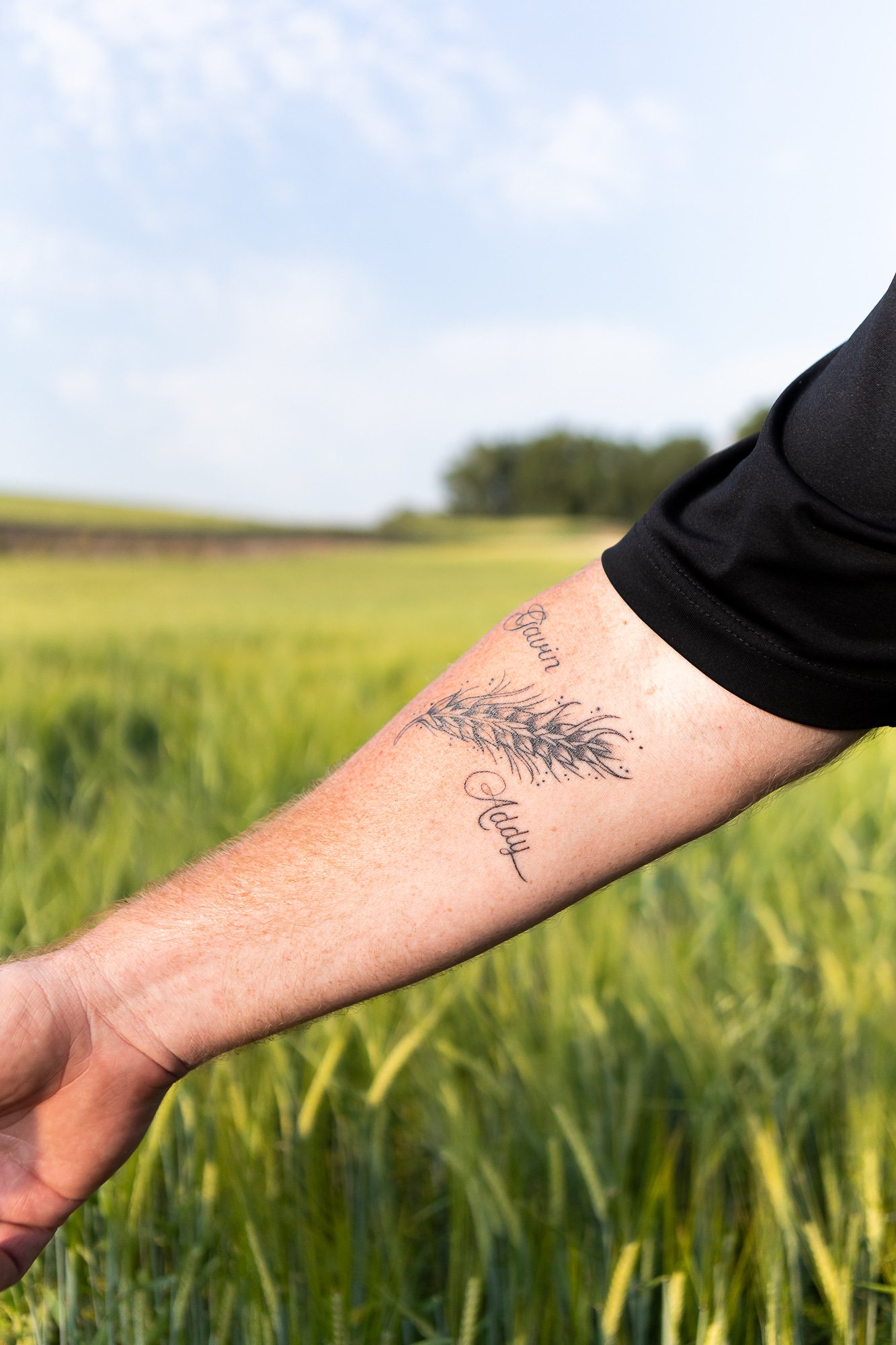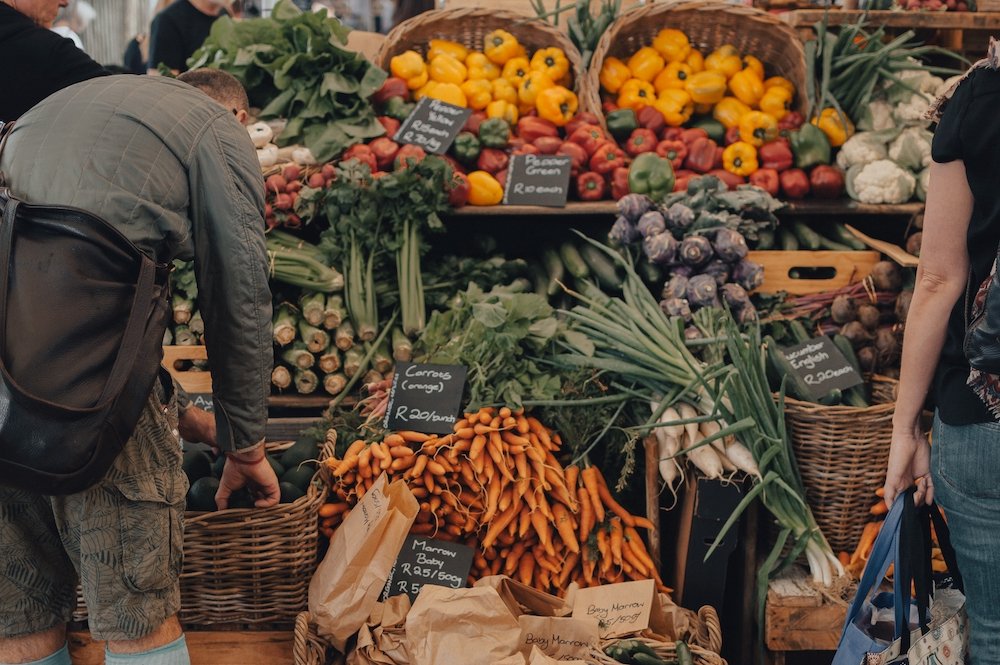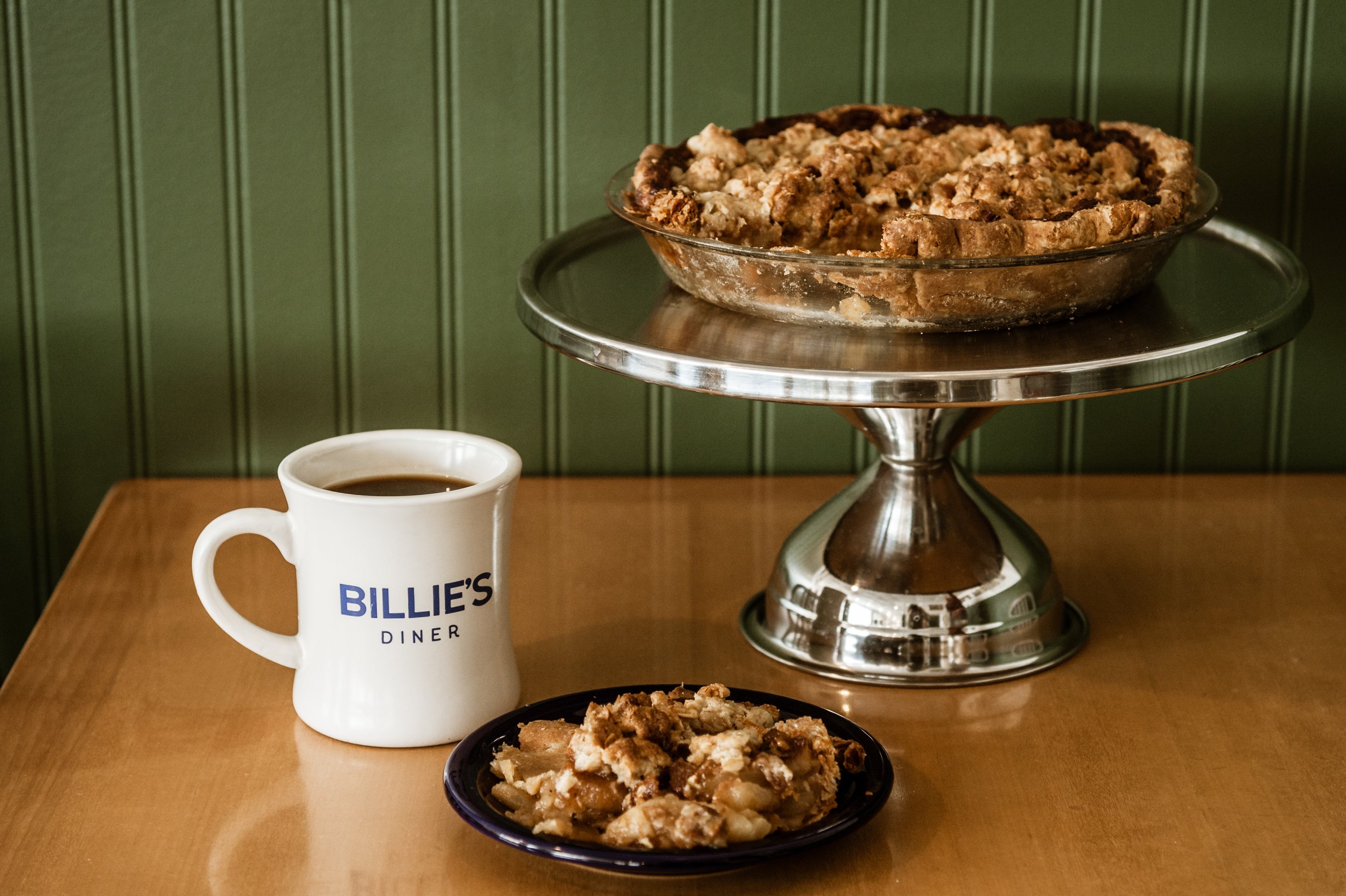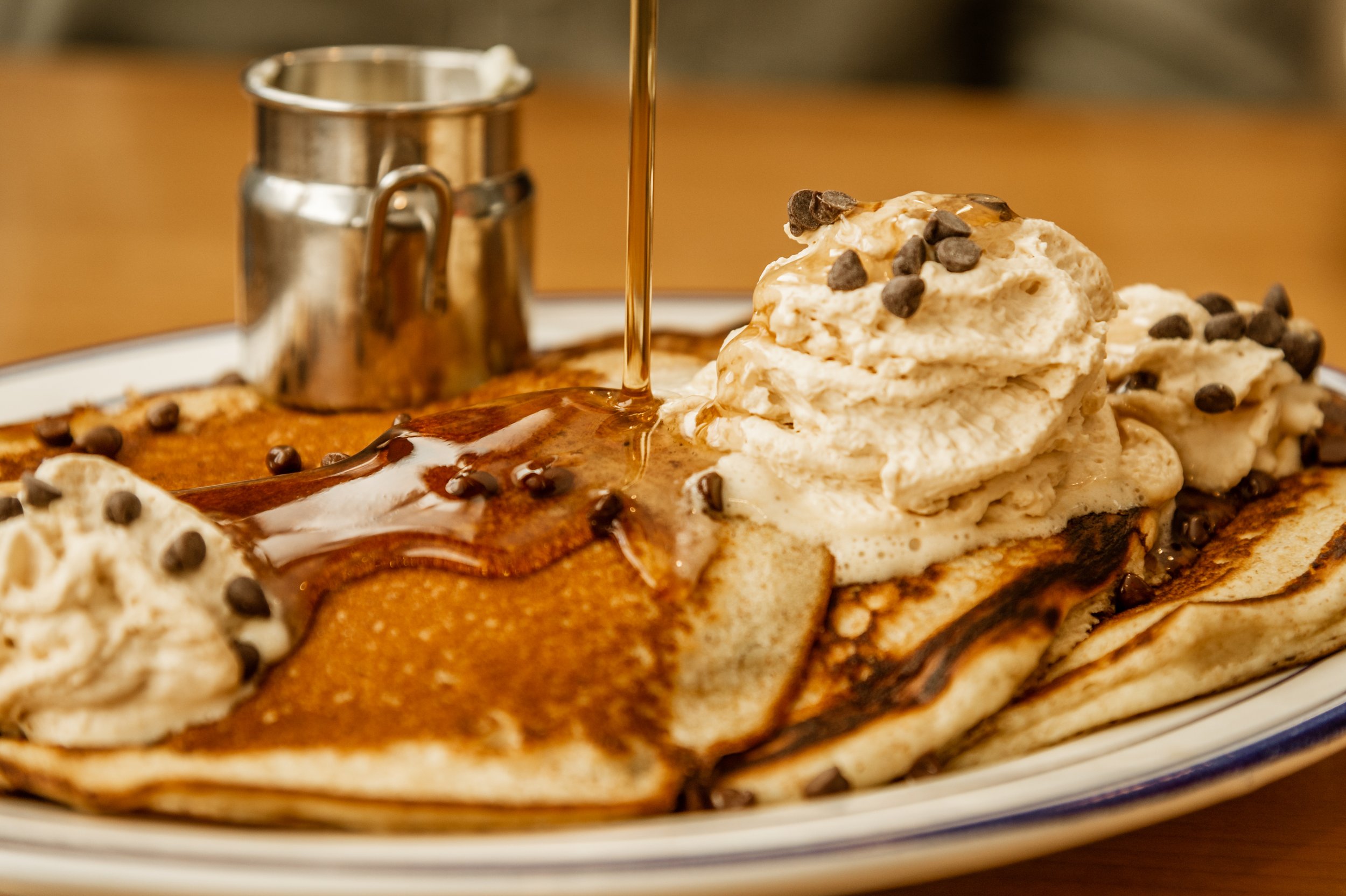Better in Bulk: Buying Meat Direct from the Farm
Better in Bulk: Buying Meat Direct from the Farm
BY JESS JAGER OF YOUR FRIENDS FARMGot a big family or just want to stock up on meat? With a little planning and a lot of freezer space, placing a deposit directly with a local farmer just may be the best bang for your buck!
You may have been presented with the option to purchase a part of an animal through a farmer before. Perhaps a friend has asked you to split a ½ beef/cow or a whole pig, and you’ve wondered what that would actually be like or what it would mean?
We are all quite accustomed to the process of writing a grocery list, driving to the store, approaching the meat department and picking up a couple of chicken breasts, maybe a pound of hamburger and some bacon. Perhaps that list changes as you navigate rising prices of meat in the store or the shortages that have left us with less to choose from in recent years.
Buying a portion of an animal from a farmer can help you with both of these problems. For one, you get all the parts of pieces associated with that portion for the same price. And secondly, you have a freezer full of meat to build your meal plan off of, giving you ease and assurance when it comes to food in your home.
Let’s use a beef cow as an example. There will be two different parties that you will be working with to obtain your beef; the farmer and the butcher. A farmer may be charging $6/lb for their beef but you will also need to consider any responsibility you might have to the butcher. The butcher will charge a fee to cut the meat and wrap it so that it is ready for your freezer, they will also charge a flat fee for killing or harvesting the animal. These prices may vary from butcher to butcher but for our exercise let's say that the butcher charges a kill fee of $125/ for the full animal and $1 per pound for cut and wrap. The kill fee is usually split between the buyers of the beef, so in this example, let's say you are buying ¼ of that beef, your kill fee would be $31.25.
Let's say that your ¼ beef is 140 pounds hanging weight, this is the weight after the animal has been killed but before it's been aged or packaged, this is not the same amount of beef that you will bring home but it is the total weight you will be charged for. You will bring home about 60% or so of the weight given to you at hanging. So in our example, that would be about 84 pounds. A hanging weight of 140 pounds would cost $840, the kill fee is $31.25 and the cut and wrap would be roughly $140, leaving you with a total $1011.25, based on the take home weight you would be looking at an average of $12 per pound for all of your cuts, ground beef, steaks, roast, etc. It may work out that you aren't saving much on hamburger, but your steaks and roast will be coming to you at a fraction of the price, saving you on your grocery bill for months to come.
After processing the butcher will contact you to find out what types of cuts you would like to get from that animal. For example, you may know that you really enjoy stew meat, so you may opt to get more of that cut and less roasts. Now is also the time to consider how big of roast you normally cook, how thick you may want to have your steaks cut and how many pounds of hamburger you would like per package. This may all seem overwhelming at first, but the butcher and the farmer are usually there to help you navigate these decisions.
After any necessary aging takes place, the butcher will call you and tell you to pick up your meat. From there you put it in your freezer, beef will last 9-12 months, when wrapped this way.
Interested in buying a whole, half or quarter share of an animal directly from a local farmer? Here's what you need to know...
Storage and upfront cash are two things that often become hang ups in shifting to this way of purchasing. $1000 is a lot of money, so you may need to budget to justify that initial purchase. But moving forward you can just put an amount of money aside each month to prepare for your next meat purchase.
Storage is the next consideration. To continue with our example, 100lbs of beef takes about 3-4 cubic feet of storage. A standard freezer over fridge refrigerator has a freezer space of 4 cubic ft, but some of the newer fridges have up to 9 cubic feet of freezer space. This shows that you may not have to have an additional freezer to store your meat, although it's not a bad idea and it would definitely make more space for variety.
Although sizes of animals vary, this same process is used when purchasing lamb, pork, and beef. For chicken you usually purchase each bird at a flat rate, on our farm that is $25, and the weight is usually between 5-6 lbs. For turkey you may find yourself navigating a per pound fee, as their weight is dependent on their age, breed and growing environment.
Questions for your farmer
Now that you know how to purchase the meat, perhaps you’re wondering what questions you might ask when shopping locally direct from a farmer. For me this is the most important part of the process, as you navigate what might be important to you, from feeding practices to the way they are raised or cared for, there is much to consider. It is likely that your preferences may also be reflected in the overall price of that animal, as different management styles accrue different costs. Here are some questions that you might want to ask before purchasing your meat in this way.
When will the meat be ready?
Oftentimes farmers are selling meat in advance, as they make their butcher dates. It takes special licensing to store meat, which most small farmers do not have. Because of this the farmer needs to have the animal sold before it is butchered, so that they aren’t stuck with meat that they cannot sell.
Who is your butcher or processor?
You will also want to ask what the process is for navigating cuts as well as the expectation for you to pick up your meat once it is ready. Most butchers are limited in freezer space, so they are often unable to hold onto meat for any amount of time.
How has this animal been fed?
When you buy direct from a farmer, all meat is good meat. But you may have preferences about how the animal was fed, grass versus grain, especially with beef or lamb. All pork requires grain, as well as chicken. Your farmer should be able to tell you in detail how they fed that animal.
With beef there are typically 3 answers to this question: grass fed and finished, grass fed and grain finished, and grain fed. These are pretty self explanatory, but asking your farmer why they choose to feed their cattle in that method can give you a glimpse into their methods and even their taste preferences!
Can I come visit?
For a local farmer (I may ruffle some feathers here) the answer should always be yes. You shouldn’t expect full access to the farm, biosecurity is a real consideration, and farmers don’t have endless amounts of time, but you should at least be able to see where the animal has spent its life. If a farmer is proud of their practices, they should say yes (I am passionate about this). Plus it's an absolute privilege to be able to know your farmer, as it is for the farmer to know those that they feed.
















